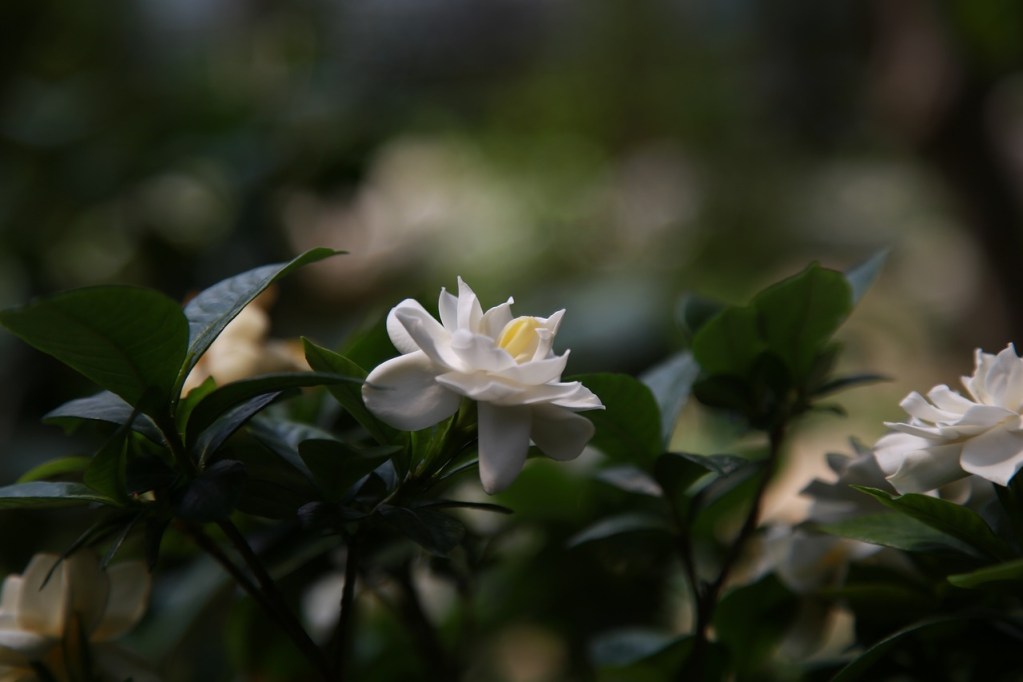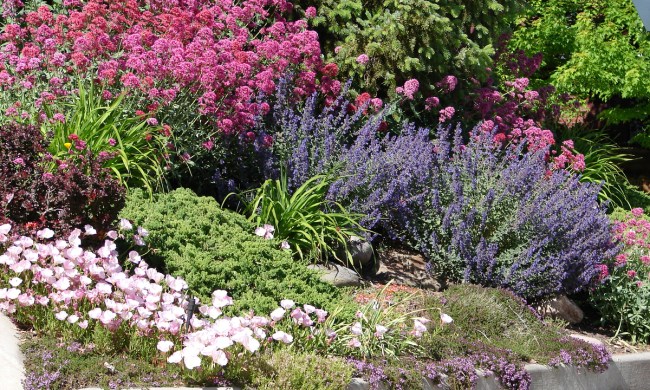Spring and summer are known for their warm weather, but for some flowers, it might be a little too warm. Luckily, gardenias aren’t one of those flowers! These beautiful blooms love hot weather and are easy to plant and care for. If you want to grow gardenias in your garden, then this is the care guide for you. We’ll answer all your gardenia care questions so you can plant them confidently and keep them happy and healthy all season long.
Planting gardenias

Start planting your gardenias in the fall or spring, but if you’re growing gardenias from seed, it’s better to start in spring. Choose a planting site that receives bright sunlight in the morning and shade or partial shade in the afternoon. Since the afternoon sun is more intense, providing some shade can prevent sunburns or overheating. Gardenias love warm weather, but even they have limits.
Gardenias can grow in containers, but make sure the container is large enough for the plant. Gardenias can grow several feet tall, with the average height being 3 to 5 feet tall and some varieties growing up to 8 feet tall. If your gardenia will be in your garden, make sure it has a few feet of extra space so it can grow properly.
Whether your gardenias are in your garden or in containers, plant them in soil that is rich in organic matter and acidic. Adding compost or leaf mulch to your soil before planting can help improve the soil’s quality and pH. You can also add garden sulfur to the soil to make it more acidic, but you should test your soil’s pH first to avoid making it too acidic.
Gardenia care

Gardenias enjoy regular watering. They need roughly an inch of water each week, so plan for weekly watering unless it rains. Adding a layer of mulch around your gardenias can help improve the soil’s water retention. Any type of mulch will work. In autumn, fallen leaves make the perfect mulch, and they add nutrients to the soil as they break down. If your gardenias are underneath a tree, your garden may take care of adding mulch with little work on your part!
Gardenias grow quite large and produce big, showy blooms, and they use a lot of nutrients to do both. Regular fertilizing can give them a boost, especially if your soil drains. While any balanced fertilizer will work, many gardeners prefer to use a slow-release fertilizer to cut down on the number of applications throughout the year. Acidic fertilizers made specifically for azaleas, rhododendrons, or camellias work perfectly for gardenias. You’ll need to fertilize less often during winter than in spring and summer, since the gardenias won’t be doing much growing then.
In the spring, your gardenias will benefit from some light pruning. Remove any damaged or diseased branches. Additionally, remove branches that are growing too long or too close to other plants or structures. This keeps the plant healthy and helps to control your gardenia’s size.
Pests and diseases

While they aren’t prone to many diseases, gardenias can develop fungal infections. These infections are often caused or exacerbated by overwatering, hot weather, and shade. Avoid watering your gardenia if it has rained within the last week to help prevent overwatering, and water below the leaves, whenever possible. However, because of their love of regular watering, warm weather, and afternoon shade, you can do everything right and still find yourself dealing with a fungal infection. Luckily, you can treat most fungal infections with a fungicide or home remedy, such as baking soda.
Small pests such as mites, flies, scale, and mealybugs are the most common gardenia pests. You can take care of these with an insecticidal soap or an organic pest repellent like neem oil. Since gardenias attract many pollinators, you may want to avoid pesticides, as they can impact pollinators alongside the pest. If the infestation isn’t severe, you can physically remove the pests with a dust rag or a jet of water.
Gardenia companion plants

Gardenias on their own have beautiful blooms, but when paired with other plants, the display can become truly remarkable. There are a number of plants you can choose from, depending on your preferences and how you arrange your garden. A few of the most popular choices are hydrangeas, azaleas, daisies, and coreopsis. Hostas, sedges, bacopa, and lobelia are also good options, and if your gardenias are near a fence or other climbing structure, vining plants like vinca can make a beautiful backdrop for them.
Whether you want a 3-foot gardenia shrub or an 8-foot tree, gardenias make a stunning addition to practically any summer garden. They aren’t difficult to plant, and gardenia care is quite simple, so as long as you have the space available for these lovely perennials, there’s nothing stopping you. You can even grow them in greenhouses, if you live in a colder climate but have a craving for these beautiful flowers!




